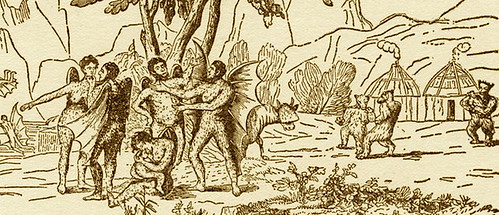The Games of the XVII Olympiad commence in Rome, Italy.
The XVII Olympiad, also known as the 1960 Summer Olympics, was held in Rome, Italy. The Games took place from August 25 to September 11, 1960.
First Olympics in Italy: This was the first time the Olympic Games were hosted by Italy. Rome was chosen as the host city, and it became the second European city (after London) to host the Games twice, the first time being in 1908.
Innovations and Modernization: The 1960 Olympics marked a significant step in modernizing the Games. The event saw the introduction of a number of technological innovations, such as electronic timing and a photo-finish camera to accurately measure the times and places of the athletes in races.
New Sporting Facilities: The Rome Olympics led to the construction of several new sports venues and facilities. The most famous of these is the Stadio Olimpico, a large sports complex that continues to host major sporting events to this day.
International Broadcast: The 1960 Olympics were the first to be broadcast internationally via satellite. This allowed people around the world to watch the events live, marking a major development in global sports broadcasting.
Participation and Events: The Games saw the participation of athletes from 83 nations, competing in 150 events across 17 sports. These sports included athletics, swimming, gymnastics, cycling, boxing, and more.
Diplomatic Impact: The Rome Olympics had political and diplomatic significance. The Games were seen as a way for Italy to showcase its post-World War II recovery and reintegration into the international community.
Abebe Bikila’s Historic Win: One of the most memorable moments of the Games was Ethiopian runner Abebe Bikila’s victory in the marathon. Bikila became the first African to win a gold medal in the Olympics, and he did it barefoot, capturing the world’s attention.
Doping Controversy: The 1960 Olympics were not without controversy. Danish cyclist Knud Enemark Jensen died during the Games, and it was later revealed that he had taken a performance-enhancing drug called Roniacol. This incident drew attention to the issue of doping in sports.
Legacy: The 1960 Rome Olympics left a lasting legacy for the city and for the Olympic movement as a whole. The success of the Games inspired subsequent hosts to improve their infrastructure and organization, contributing to the growth and modernization of the Olympics.


